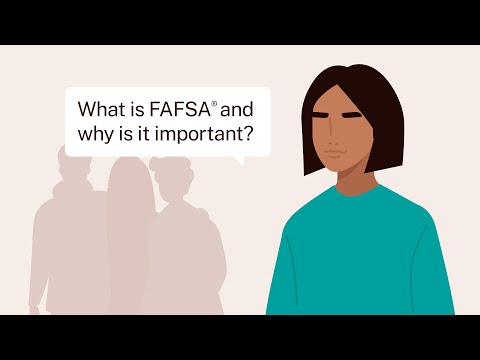FAFSA Explained
StudentAid.gov, part of the U.S. Dept. of Education, created a playlist of videos to explain the FAFSA. The 2024-25 version is significantly different from previous years, but it’s still the basis for all federal aid to college students: student loans, grants, and work-study. Make sure you know all the pros and cons before deciding that you (or your child) won’t get federal aid dollars. See the pros and cons from Jeff Levy below the video.
Why it matters
My favorite financial aid expert, Jeff Levy, spelled out the pros and cons of filling out the FAFSA.
Pros of filling out the FAFSA
- Some people who think they won’t qualify actually do.
- Things happen. You may qualify for aid if something unforeseen occurs. If you don’t submit a FAFSA your first year, some colleges will impose a one- or two-year waiting period on institutional aid, or even refuse offering institutional aid at all.
- In some cases, merit aid may depend on the submission of the FAFSA and/or CSS Profile.
Cons of filling out the FAFSA
- It’s an invasive pain in the neck.
- If a student’s on the bubble of admissibility and the school sees they are not asking for aid, the college might select the full-pay student over another that will need financial support.
Who can say no to filling out the FAFSA?
- A family that knows for certain that they have the resources to pay for four years of college no matter what might happen doesn’t need to fill out the form.
Lots of financial aid folks are holding webinars around the topic of the FAFSA, and the U.S. Department of Education has a series of videos on YouTube.
